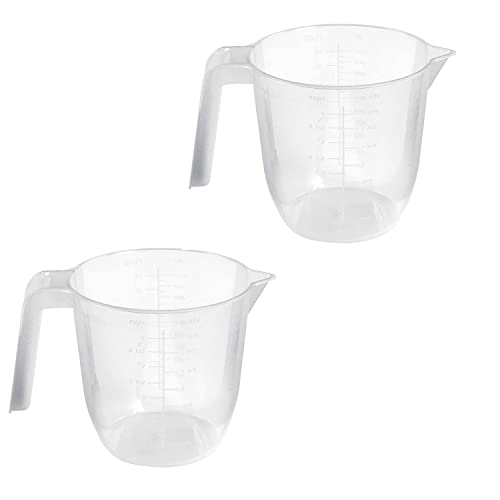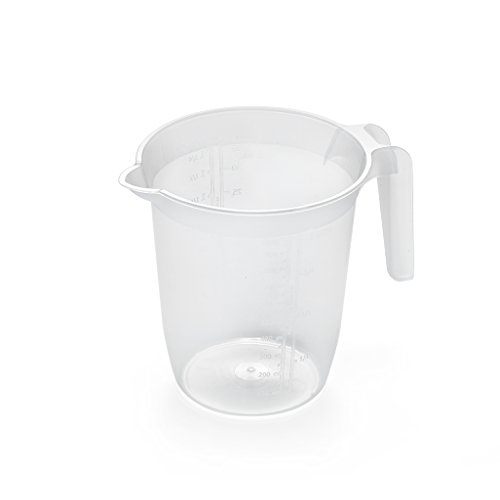What is a jug noise?
A jug noise is a sound made by blowing air over the opening of a jug, bottle or other glass container to create a musical note. Jug band music was a popular genre in the early 1900s, using a variety of everyday objects to create the rhythm and melody. One of these sounds was the jug noise, often created by a jug player who would blow across the opening of the jug.
Step-by-Step Guide in Creating a Jug Noise
1. Find a suitable container – a glass jug or bottle is ideal, but any hollow container with a small opening will work.
2. Fill the container with water, leaving a small amount of air at the top.
3. Tilt the container slightly towards your mouth, so that the opening is close to your lips.
4. Pucker your lips and blow a steady stream of air across the top of the container.
5. Adjust the angle of the container or the intensity of your breath to change the pitch of the sound.
How to Improve Your Jug Noise Skills
Making a jug noise takes practice, and it can be difficult to produce a clear, consistent sound at first. Here are some tips to improve your technique:
1. Use a container with a small opening – this will make it easier to create a clear note.
2. Experiment with the amount of water in the container – a larger volume of water will produce a lower pitch, while less water will produce a higher pitch.
3. Practice controlling your breath – aim for a steady, even flow of air across the opening of the container.
4. Try playing along with music – start with simple songs and gradually increase the difficulty as you improve your jug noise skills.
5. Join a jug band – if you’re serious about jug band music, look for local groups or online communities where you can connect with other musicians and perform together.
Other Musical Uses of Jugs
Jugs have been used in a variety of musical genres beyond jug band music.
1. African American folk tradition – jugs were used as rhythm instruments in the pre-jazz era.
2. Folk rock – British bands such as The Incredible String Band and Fairport Convention used jugs as melodic instruments during the 1960s.
3. Country music – Hank Williams famously used a metal rubbing board (known as a “frottoir”) in his band, which was played in a similar fashion to the jug noise.
4. Experimental music – contemporary musicians such as Tom Waits and Mike Watt have incorporated jug noises and other unconventional sounds into their compositions.
Making a jug noise is a fun and unique musical skill that can be learned with practice. Whether you’re interested in playing jug band music or simply want to add a new sound to your repertoire, the jug noise is a versatile and entertaining technique to master.






